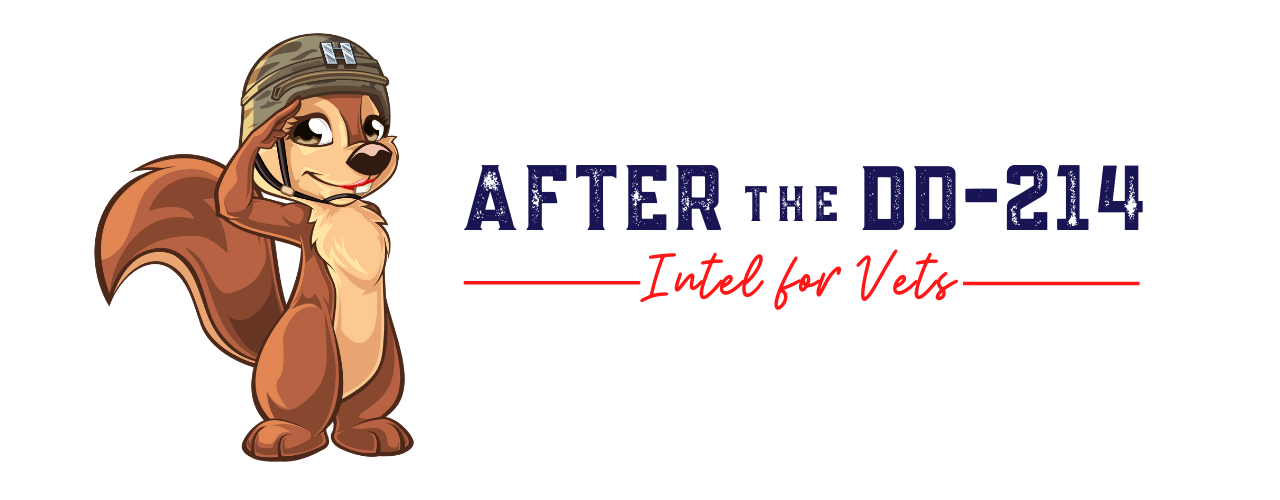In the past, I’ve talked about how great I think Syracuse University’s Institute for Veterans and Military Families (IVMF) is. I’ve even done blog posts on a several of their entrepreneurial programs, including V-WISE and EBV. But the IVMF also produces a number of research and policy documents that are useful to the veteran community. One guidebook in particular is something I think all veterans, especially veterans with a disability (service-connected or otherwise), should take a look at.
“Navigating Government Benefits & Employment: A Guidebook for Veterans with Disabilities” is a 125 page handbook designed to help veterans get a handle on what their disability qualifies them for and how those various programs and benefits interact. Published in 2012, the guidebook is a joint endeavor by the IVMF and Griffin-Hammils Associates, LLC, an organization that works to ensure economic opportunities for individuals with a disability. It is a thoroughly researched (all the referenced works are listed at the end) document that covers some of the most common questions veterans have about how their disability benefits (VA and otherwise) and, specifically, how they are impacted by employment.
Just a few of the questions answered in the guidebook include:
- Would taking a seasonal job cause me to lose my VA Individual Employability (IU) rating?
- Can I collect VA Disability Compensation and Social Security Disability Insurance at the same time?
- How does TRICARE interact with the healthcare coverage my employer provides?
- What is the difference between Medicare Parts A, B, and D and what happens if I don’t elect them now but decide I want them later?
- How is federal Vocational Rehabilitation different from the state VR and can I participate in both?
Explained in plain English, the guidebook lays out the various benefits available to veterans with disabilities and goes into depth on how each interacts with the other. In addition to the explanations, many of the topics include scenarios using a particular veteran’s story to illustrate the benefit, the process for accessing information about the benefit, which questions should be asked, pitfalls to avoid, and how a veteran’s eligibility for a benefit can change over time. The handbook also provides a series of resources (federal regulations, organizations, etc.) which can provide further information, should a veteran have questions about his/her specific situation.
Read all at once the information can, I’m not gonna lie, make your eyes glaze over. Though that’s more because of the fact that it’s dealing with federal regulations, which are just plain painful, than because of the writing itself. Read in pieces, especially if you’re looking for a specific answer to a specific question, it’s a very user-friendly resource. You can check it out for yourself here.
© 2014 – 2020, Sarah Maples LLC. All rights reserved.

1 Comment
Wounded, Injured, and Ill Compensation and Benefits Handbook | After the DD-214
8 July 2014 at 19:26[…] you took a look at the document discussed in yesterday’s blog post, you may have noticed that it frequently referenced another handbook, the “Wounded, Injured, and […]